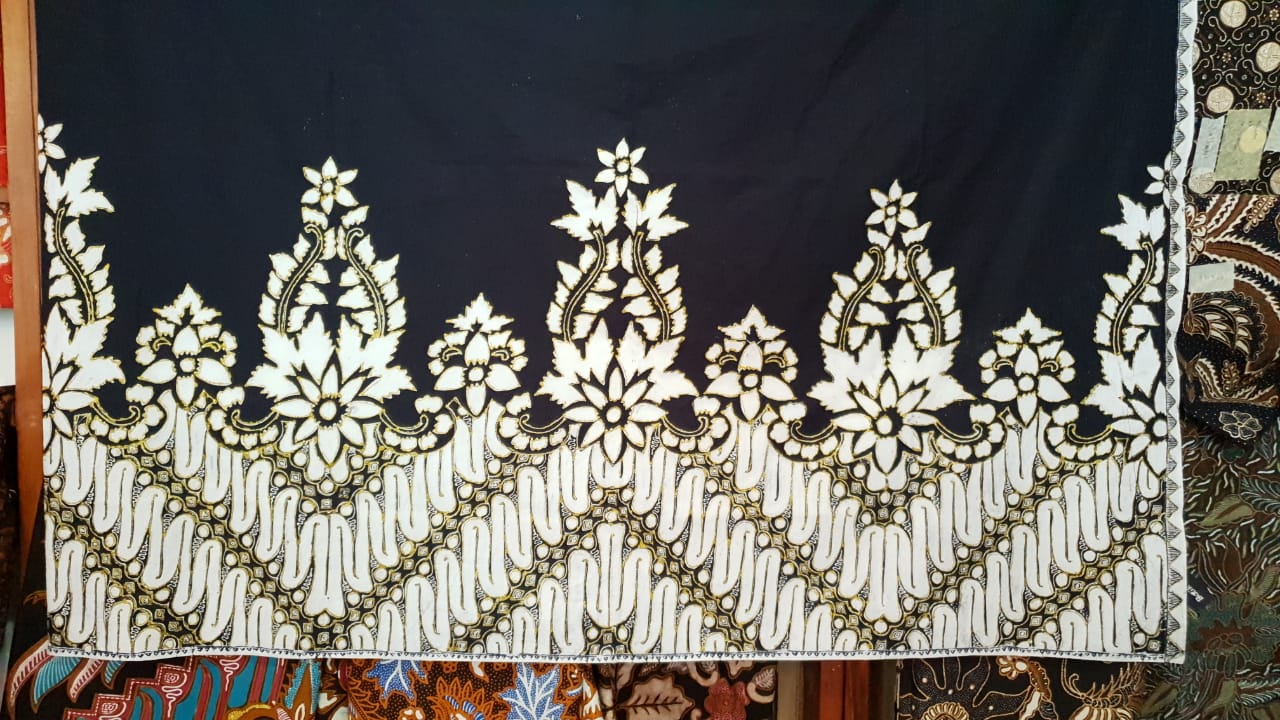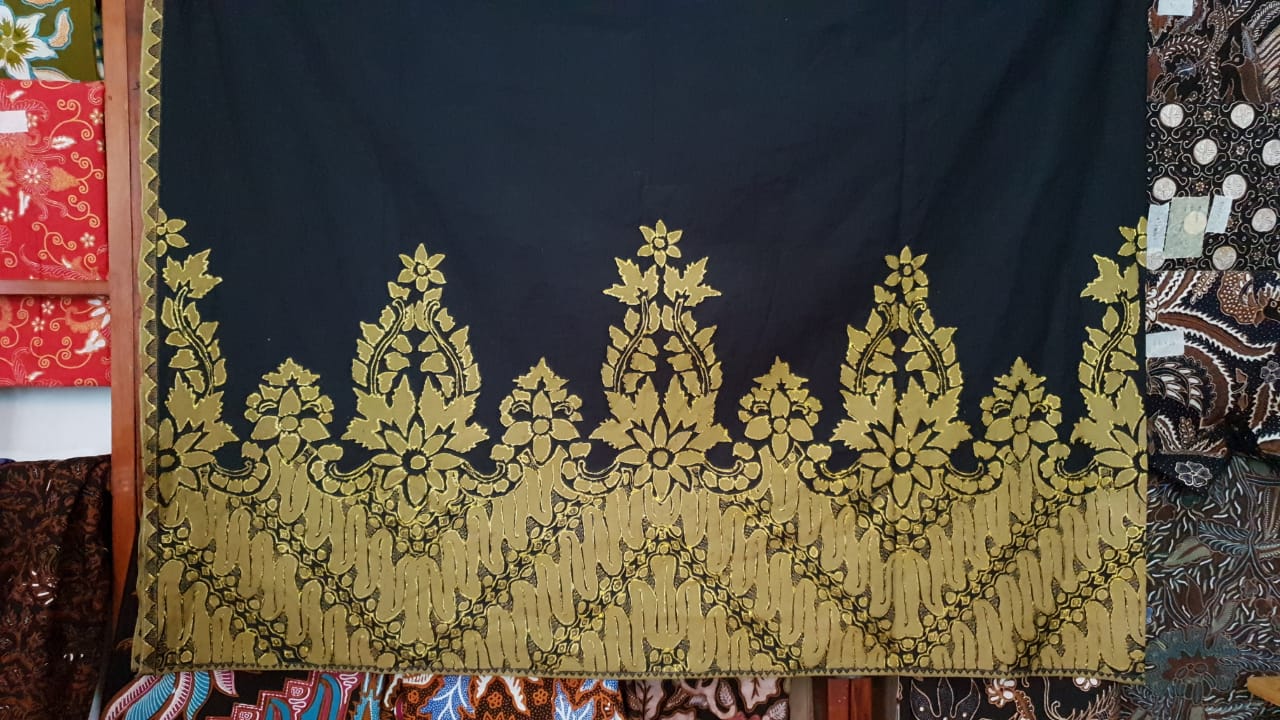Traditional batik fabric for fashion by Batik Dlidir. What is traditional Batik Fabric? Batik from the Javanese language “ambhatik” which consists of the word amba which means width, area, cloth and the word bhatik which means point or automatic. Both of these words developed into batik terms which can be interpreted as making dots on a wide cloth. Batik is also interpreted as a fabric that is specially made to improve or ‘malam’ on the fabric.

Traditional batik fabric for fashion. Batik Indonesia, as a whole of technology, related motive and cultural development. This is a craft that has high artistic value. Besides that has been a part of Javanese culture for a long time. Natural materials such as cotton or silk are used for the cloth, so that it can absorb the wax that is applied in the dye resisting process. The fabrics must be of a high quality.
For further information and order. :
Mr Mudzakir.
+62 822 6565 2222
(Available on WhatsApp).
Traditional Indonesian Batik Premium Combination
Traditional mix modern batik fabric for fashion. Although it has strong ties to traditional batik, utilizes linear treatment of leaves, flowers and birds. These batiks tend to be more dependent on the dictates of the designer rather than the stiff guidelines that have guided traditional craftsmen. This is also apparent in the use of color that modern designers use. Artisans are no Modern Batik dependent on traditional (natural) dyes, as chemical dyes can produce any color that they wish to achieve. Modern batik still utilizes canting and stamp to create intricate designs. Premium Batik Combination is batik which is actually a long achievement of the culture of the people of Solo and Jogja
Here is a little explanation of the technique above:
1. Buh
Buh motif is a motif that is around the fabric. Usually used as a clothes subordinate. Buh technique has a simple difficulty level. To throw or throw the night only half or one third of the area of the piece of cloth. Included in this category are jengki motifs and the like.
2. Large motives.
Minimum order is 1 piece. The combination between buh and big motives falls into this category. This technique has an attractive color advantage. Included in this motif are large machetes, large sidomukti and large galar.
3. Blasting and partial granite.
Bledak technique is destroying the night on a cloth. Destroying this with the hope of creating a vague color impression.
4. Full granite.
Namely the technique of twisting the night by the dots that are outside the pattern. While those in the pattern are called pasiran. This technique is quite difficult because the basis of the difference is the size of the canting.
5. Ukel and grip.
Namely Technique tossing a half circle night. This technique is also included for making gringsing patterns and insect repellent. For this technique entered the most difficult range.
Smaller canting will require a high level of neatness and patience. And also takes a long time.
For further information and order. :
Mr Mudzakir.
+62 822 6565 2222
(Available on WhatsApp).
Special Treatments to the Batik Cloth Prada or Gold Cloth
For special occasions, batik was formerly decorated with gold lead or gold dust. This cloth is known as Prada cloth. Gold leaf was used in the Jogjakarta and Surakarta area. The Central Javanese used gold dust to decorate their Prada cloth.

It was applied to the fabric using a handmade glue consisting of egg white or linseed oil and yellow earth. The gold would remain on the cloth even after it had been washed. The gold could follow the design of the cloth or could take on its own design. Older batiks could be given a new look by applying gold to them. Gold decorated cloth is still made today; however, gold paint has replaced gold dust and leaf.
Although there are thousands of different batik designs, particular designs have traditionally been associated with traditional festivals and specific religious ceremonies. Previously, it was thought that certain cloth had mystical powers to ward off ill fortune, while other pieces could bring good luck.
For further information and order. :
Mr Mudzakir.
+62 822 6565 2222
(Available on WhatsApp).
 WhatsApp Mr Mudzakir
WhatsApp Mr Mudzakir